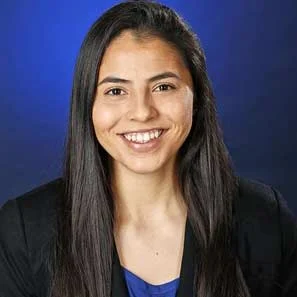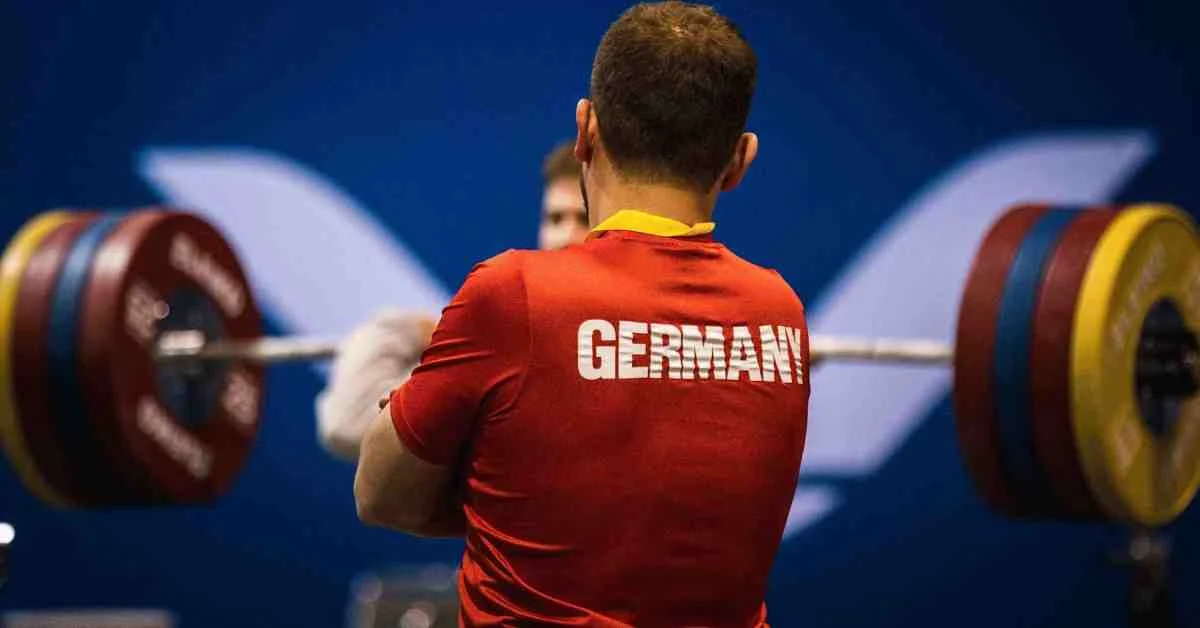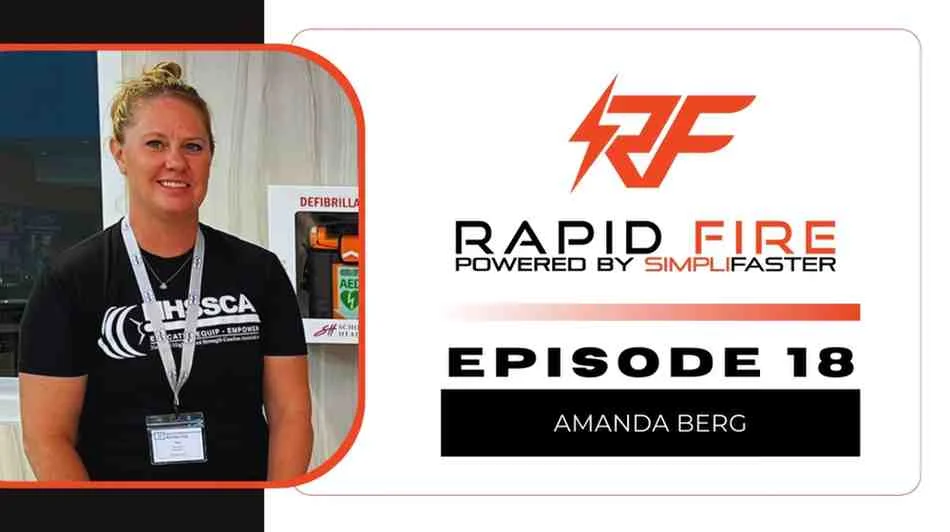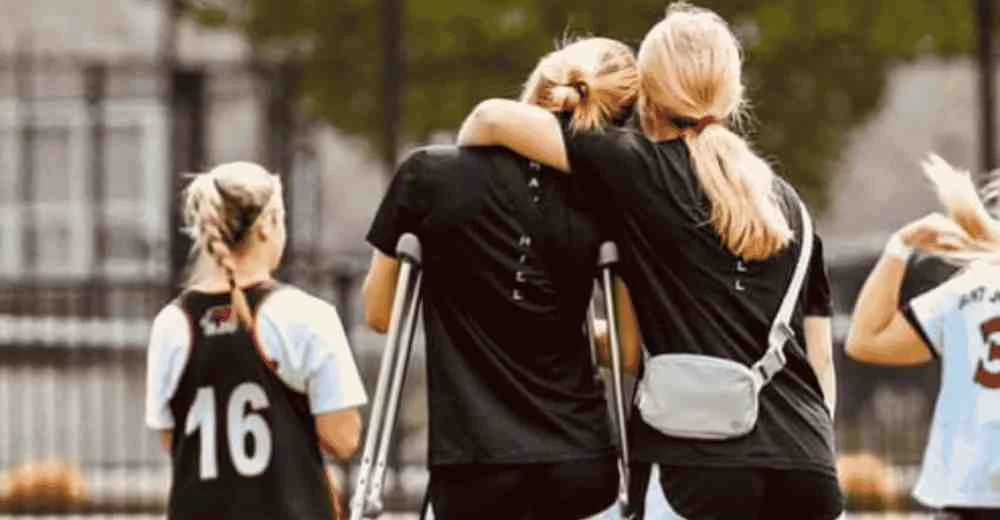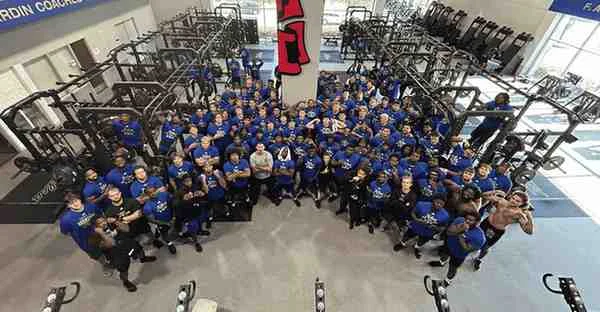“You’re dealing with physicality, you’re dealing with IQ, you’re dealing with finesse, and you’re putting it all together in one conference and saying ‘hey, go do this 18 times.’”
What does it mean for a college S&C coach in California to suddenly find their team in a recently-reshaped, national-based conference playing teams from Texas to Pennsylvania, Kentucky to the Carolinas, Notre Dame to Boston College, and the southern tip of Florida to upstate New York? Joining the performance team for Stanford women’s basketball this past year, Coach Victoria Saucedo immediately found that within her responsibility to develop fast, physical, durable, and available athletes, crucial considerations would be both the high competitive level of each team on their schedule plus the logistical rigors of that schedule itself.
On a new episode of SimpliFaster’s Rapid Fire, Saucedo sits down with host Justin Ochoa for a quick and purposeful talk on the rapidly-changing landscape of NCAA sports. This involves managing athletes through a year-round season that more and more resembles a professional model…all while still dealing with student-athletes in a high academic setting and balancing games, team practices, mandatory lifts, and voluntary sessions.
“There might be a 20-30 minute lift where we’re still touching something they specifically need,” Saucedo says, describing how she plans and earns buy-in for the three optional workouts she plans to supplement the team’s two weekly lifts. “There may be some type of fascial movement, some type of VBT, some type of exercise they specifically need like a tendinitis protocol…or, even extra conditioning.”
[vimeo 1054577983 w=800]
Rapid Fire Episode 9. Watch the full episode with Coach Victoria Saucedo and Coach Justin Ochoa.
In a year-round model that only includes a 2-week off-season, Saucedo describes how she uses VBT, force plate data, and other performance technologies to support her athletes across the physical rigors of challenging practices, training sessions, and intense game play.
Adapting to the in-season complication of repeatedly flying from the west coast to the east coast, Saucedo has also instituted a hydration testing program—executed the day before, day of, and day after each game—to monitor and mitigate the risk of dehydration from all of those longer flights.
“When I compute the hydration testing and I input the numbers and those come up different colors, I shoot it to the players and let them know how many water bottles and electrolyte packets they should be drinking,” Saucedo explains. “And then we test again the next day and hopefully (the numbers) are all up.”
When I compute the hydration testing and I input the numbers and those come up different colors, I shoot it to the players and let them know how many water bottles and electrolyte packets they should be drinking, says @saucyy_vic. Share on XWith the travel demands, in addition to cramping issues and dehydration, on the road Saucedo has to account for:
- Whether she will have designated facility to plan lifts in on the or if she will need to create a plan using a hotel weight room.
- Number of stops involved in the cross-country flight and how to account for proper nutrition during that time span.
- Which east/west direction and legs of a flight lend themselves to napping and how to manage those sleep protocols.
[vimeo 1054597117 w=800]
Rapid Fire Excerpt. Victoria Saucedo on the new-look ACC and planning as a west coast coach in that conference.
“I’m worrying about recovery, worrying about injury mitigation, worrying about stiffness” Saucedo says. “And coming back (from the east coast), whether it’s after a win or a loss…it’s just so much longer.”
[freelap-share]



